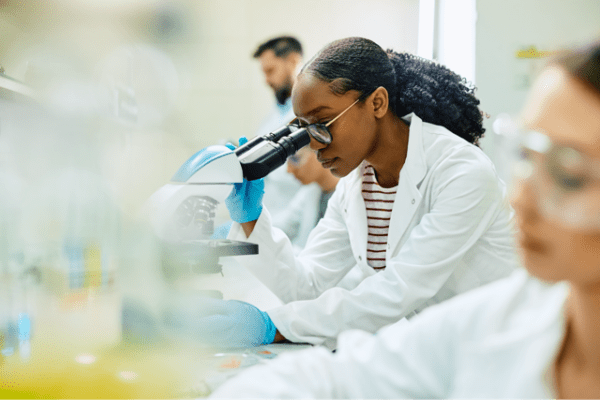
Berlin, Germany
ReWilding Narratives: Change the Narrative – Change Society
When:
03 August - 09 August 2026
Credits:
0 EC
Read more
Psychology
When:
02 August - 13 August 2021
School:
Institution:
Goethe University
City:
Country:
Language:
English
Credits:
4 EC
Fee:
500 EUR

In case that an on-campus Summer School is not possible due to the Covid-19 pandemic, this module will take place online.
The replication crisis shook many scientific disciplines – especially in the social and behavioral sciences – and has led to a call for more open and replicable research practices. Many of these practices focus on gathering, organizing, analyzing, and reporting empirical data.
This module will give a small group of students a practical introduction into some of the basic research practices, which can lead to a more open and reproducible scientific process. We will begin with an overview of the replication crisis and the current “best practices” suggested by the open science community, before putting these suggestions to use in a specific example derived from experimental psychology. This entails programming an experiment using PsychoPy, analyzing the resulting data using R, and presenting these results using ggplot2 and RMarkdown. Throughout the entire module, special attention will be paid to steps and actions, which should be taken to ensure reproducibility and openness of process (e.g. using git, pre-registering an experiment).
The course comprises 28 contact hours (8*3.5 hours). Upon successful completion, 4 ECTS (European Credit Transfer System) points will be awarded for the module. A single ECTS point is defined as the equivalent of 25 to 30 hours of student workload. This includes class hours, additional preparations for class activities, readings, assignments as well as final assessments.
Attendance: Participants have to attend at least 80 % of the classes.
Julia Beitner Dominik Kraft Rebecca Mayer Dr. Benjamin Gagl Kai Nehler Dr. Thomas Lösch
Students from Psychology and the Behavioural Sciences
Become familiar with basic research practices that lead to a more open and reproducible scientific process
Discuss the replication crisis and current “best practices” suggested by the open science community
Learn to pogramme an experiment using PsychoPy, analyze the resulting data using R, and present the results using ggplot2 and RMarkdown
Fee
500 EUR, includes all study materials, transcript of records
When:
02 August - 13 August 2021
School:
Institution:
Goethe University
Language:
English
Credits:
4 EC

Berlin, Germany
When:
03 August - 09 August 2026
Credits:
0 EC
Read more

Bangor, United Kingdom
When:
01 September - 05 September 2025
Credits:
0 EC
Read more

Venice, Italy
When:
21 July - 25 July 2025
Credits:
2 EC
Read more